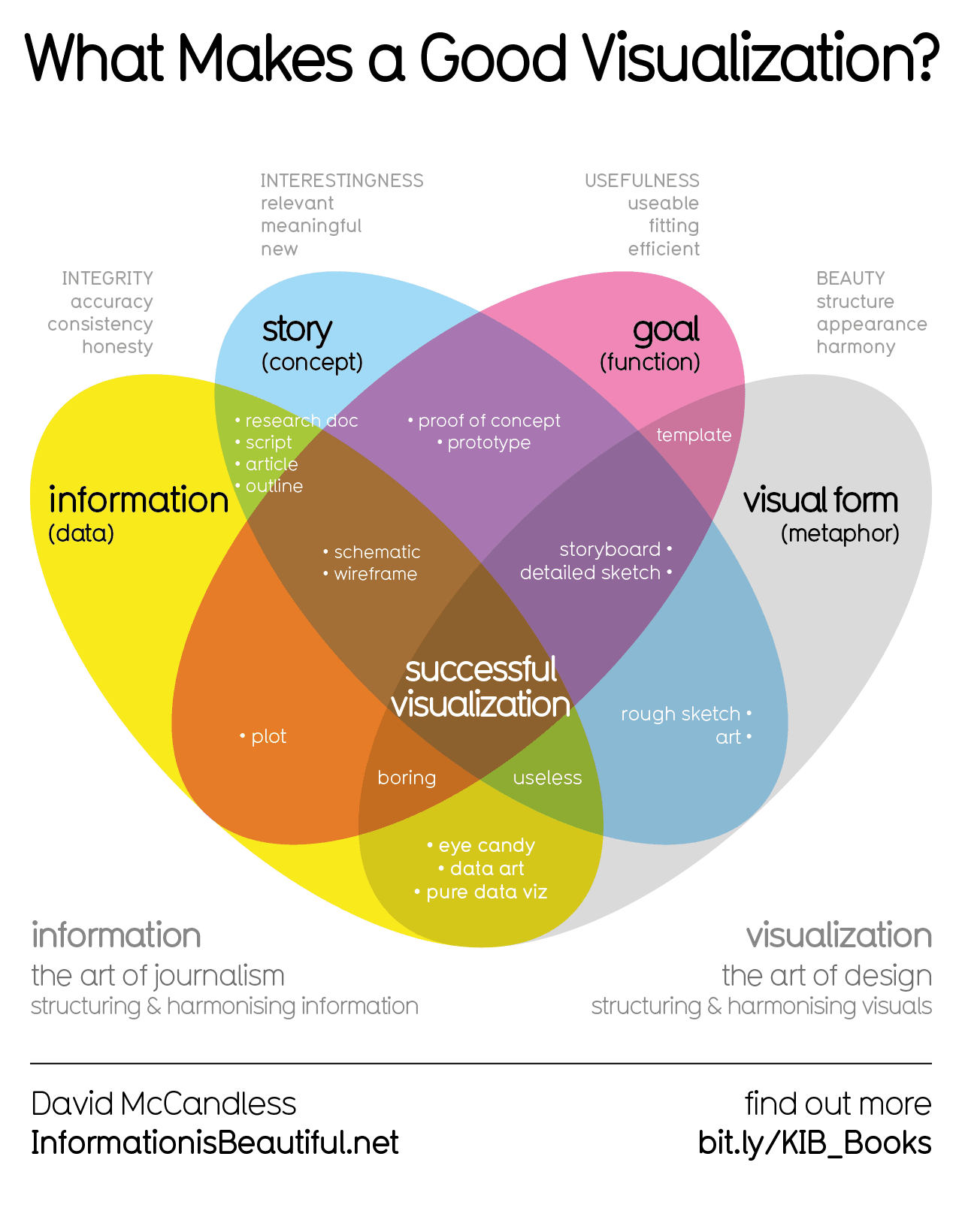

2·
26 days agoI was wondering about that, there’s a second band between Africa and Australia but nothing in the south Atlantic. What’s up with that?


I was wondering about that, there’s a second band between Africa and Australia but nothing in the south Atlantic. What’s up with that?
That smug face.
My logic was always, if == is equal, then for >= we replace one of the equal signs to denote that it doesn’t have only be equal but can be both.
But that was probably also influenced by languages where == means the value is equal and === means value and type have to be equal for the comparison to be true. If you compare “5” and 5 in those languages, == will be true and === will be false, since one is a string and one is a number.
At the end of the day, those signs are arbitrary conventions. People agree on them meaning something in a specific context, and the same thing can mean different things in different contexts. A in English represents a different sound than A in Spanish, and sometimes even in other dialects of English. Thinking of out like that helped me to keep the conventions of different programming languages apart.